Guided tour of Castellón Alto de Galera and the yesos mine in the Granada Geopark during European Geopark week 2021
By Nick Nutter | Updated 18 Mar 2023 | Granada | News |
Login to add to YOUR Favourites or Read Later
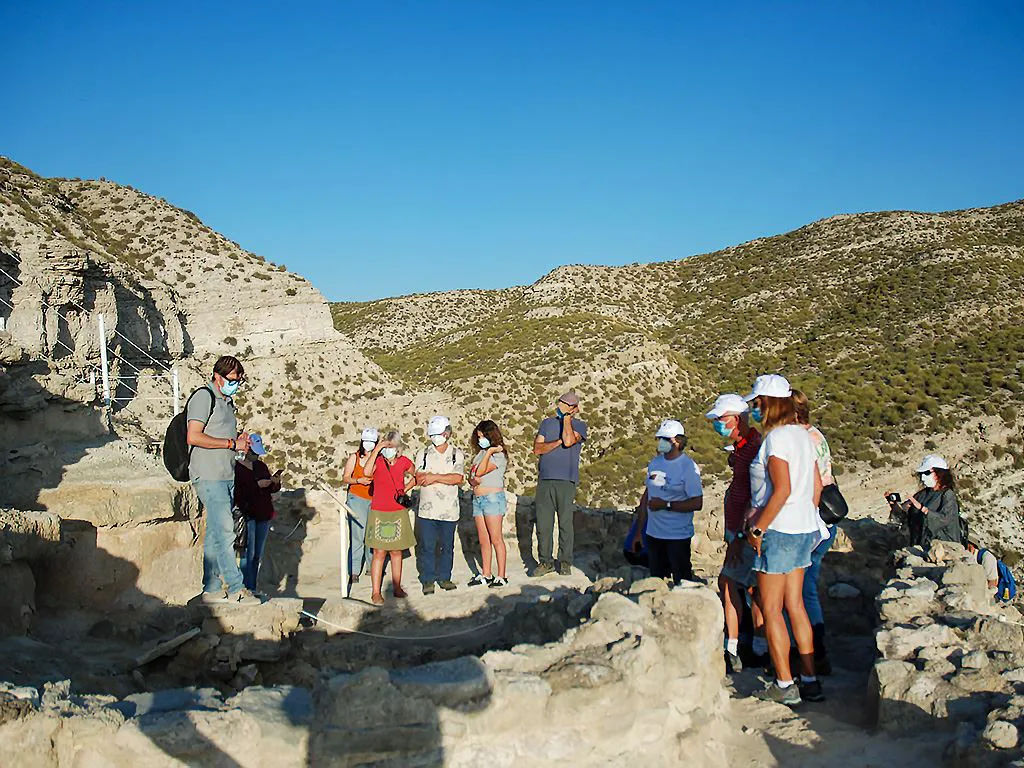

Tour of Castellon Alto
When a tour guide issues you with a compass and whistle you may vaguely wonder where you are going to end up. When the tour includes three guides and you are issued with a compass and whistle ….!


Gypsum crystal
Many people have visited the Castellón Alto de Galera site, one of the most important archaeological sites in Spain and probably the most monumental site dating back to the Argar society. What those visitors did not have was the benefit of the knowledge of a geologist and an archaeologist as well as the tour guide to give a perspective on the geological and geomorphological reasons for the presence of the settlement and the yesos (gypsum) mine beneath it.

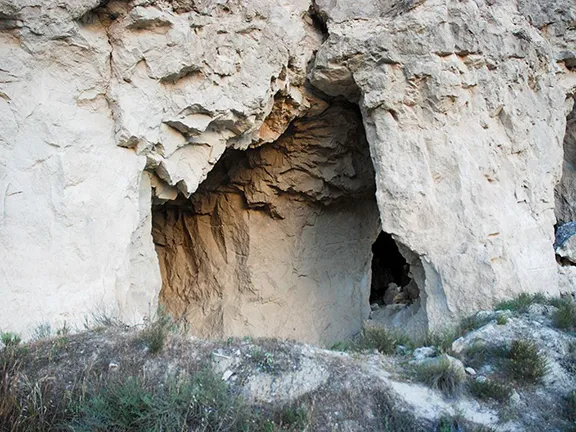
Mine Entrance
Castellón Alto de Galera is just one of the sites highlighted in the Granada Geopark area and, during European Geopark Week, that actually lasts for twelve days, from the 26th May until the 6th June, there are events, visits and tours being arranged throughout the area. The in-depth tour of Castellón Alto and the Yesos Mines was organised by the tour group Onturi.com.
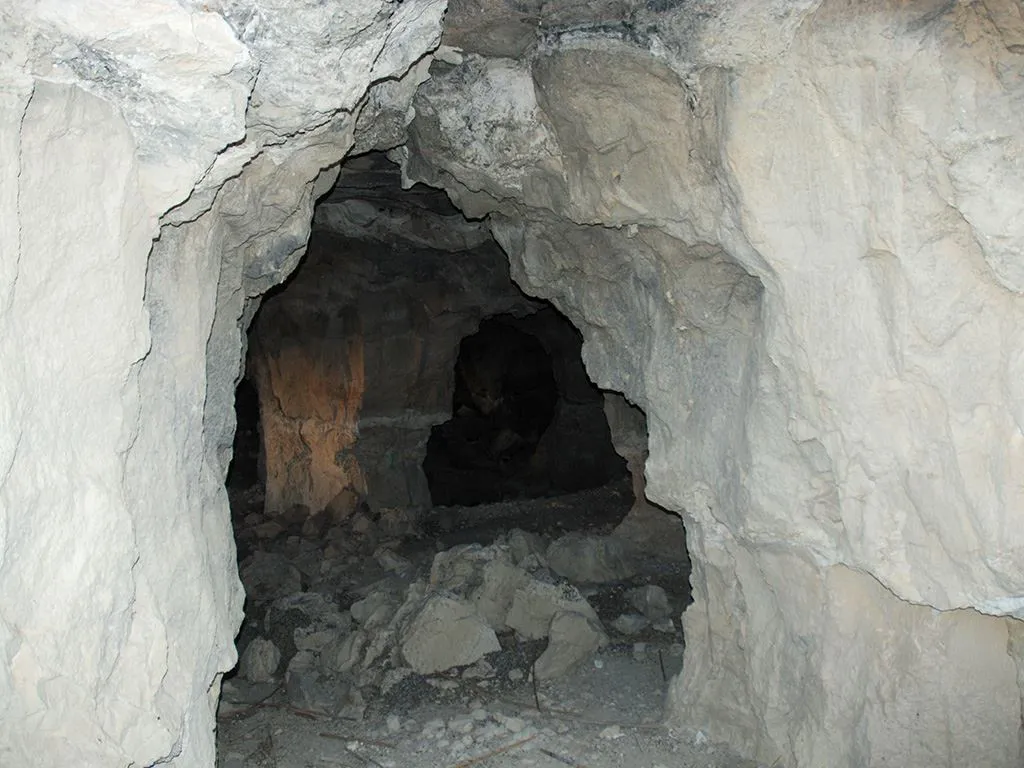

Yesos Mine Entrance
In the evening of the 29th May, two dozen people gathered in the car park at the Castellón Alto interpretation centre at Galera in Granada province. The tour was conducted by archaeologist José Manuel Guillén Ruiz, who also happens to be the alcalde (mayor) of Galera and the official geologist for Geopark Granada, Francisco Juan García. To make sure those who only spoke English did not miss out, a translator and tour guide, Alfredo Quero Cortés, kept us up to speed. We were all issued with a ‘T’ shirt and baseball cap decorated with the Geopark Granada logo and a compass with integral whistle. Where were they intending to take us?
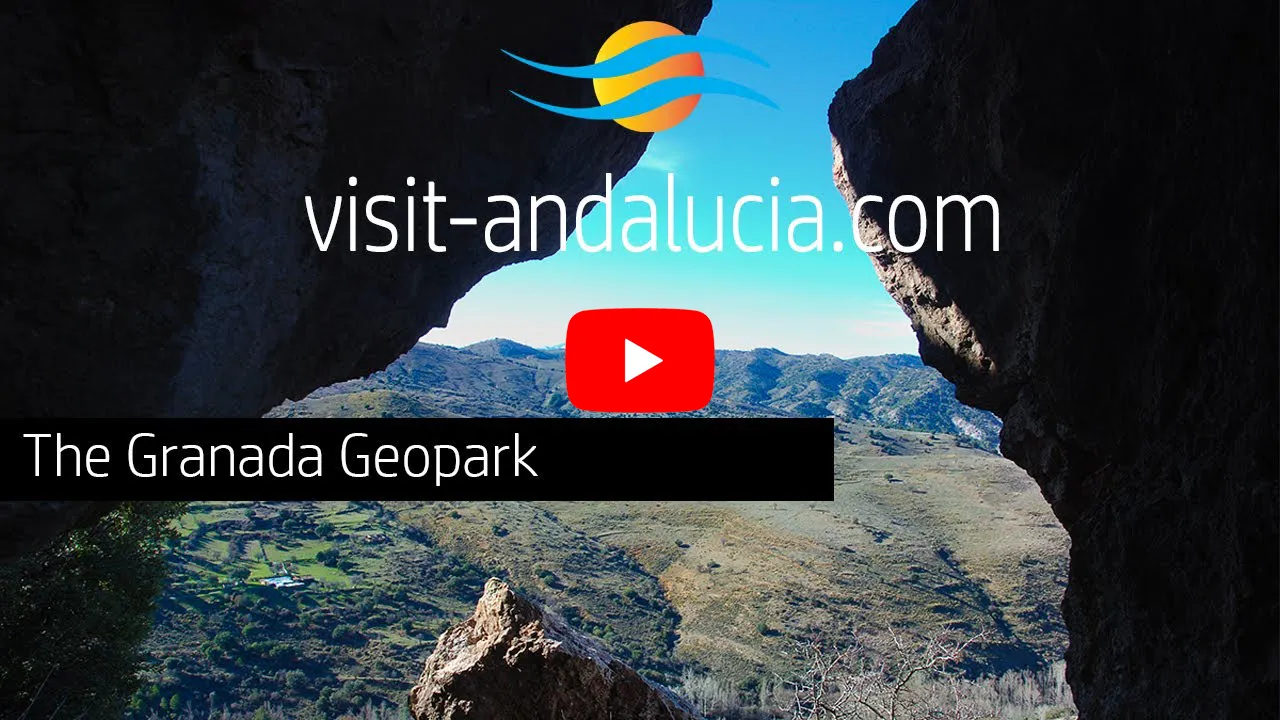
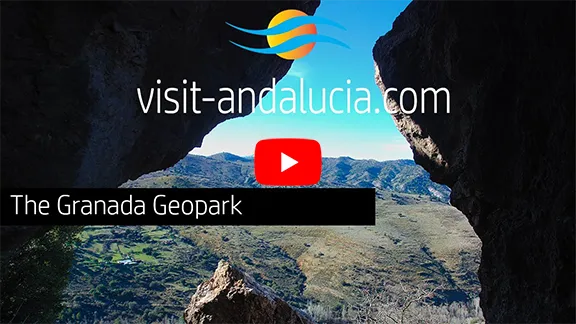
Video By: Julie Evans
The geological history of the valley of the Rio Galera starts many millions of years ago. It involves tectonic plates colliding, mountains being raised, faults being created, alluvial plains deposited and subsequent erosion by rivers and streams creating Badlands and valleys. How the gypsum came to be deposited and how the landscape looked at the time Castellón Alto was built, about 1900 BC, was explained in detail.
The tour continued to the actual settlement where history took over and we were given an insight into the rituals and life at the Argar settlement.
Finally, we explored the yesos mine that burrows into the buttress below the settlement. In fact, as you take in the amount of material excavated from the mine and gaze in awe at the size of the galleries created, it is a wonder that the whole lot has not collapsed. The mines postdate the settlement by some three thousand years. The extracted gypsum was used locally during the late 19th and first half of the 20th centuries AD. Mining ceased in 1951. It was only in 1981, thirty years later, that a shepherd found signs of the Argar settlement above the mine and Castellón Alto was discovered.
Altogether it was a well-planned, informative tour and, I am pleased to say, nobody needed to use their compass or whistle.
For more trips within the Granada Geopark go to onturi.com